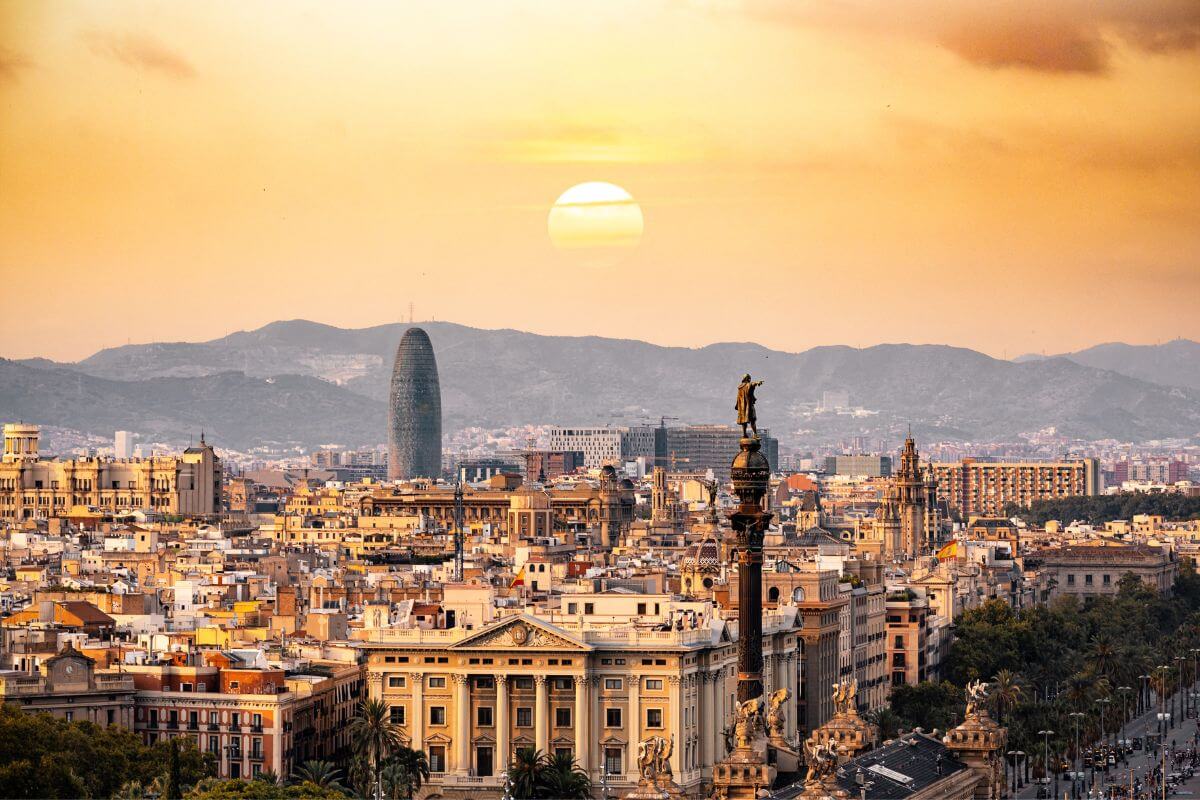How To Travel Solo Around Europe
From the sun-soaked beaches of Greece to the historical marvels of Rome, from London’s vibrant cityscape to the tranquil fjords of Norway, Europe’s vast diversity is enough to satiate any wanderlust. But navigating your way around unfamiliar territories can sometimes feel like deciphering a cryptic crossword puzzle. This guide will pave your way to a rewarding solo travel experience in Europe.

Plan, but not too much
When it comes to solo travel, the sweet spot lies somewhere in between a meticulously planned itinerary and an utterly spontaneous adventure. Doing some groundwork can save you from unnecessary headaches.
Research visa requirements, local customs, and the ease of transportation in the countries you plan to visit. Knowing some basic phrases in the local language can also smoothen your interactions. At the same time, stay open to unexpected experiences and last-minute detours — they often bring the best adventures.
Pack smart
Don’t tie yourself down with excess baggage. Packing light is your friend. Cut down to essentials, and remember, laundries also exist in Europe. To help you get started, here’s a checklist of requirements for solo travel around Europe:
- Suitable quality backpacks: You’ll be carrying your world around, so invest in something durable, comfortable, and, ideally, waterproof.
- Universal adapter: With varying plug shapes across Europe, this is non-negotiable.
- Portable power bank: For those inevitable times when your phone’s juice is about to run out.
- Travel documents: This includes a passport, driver’s license, flight tickets, and accommodation details. It’s also worth having electronic copies stored safely.
- Cash and cards: Always have a mix of local currency and a reliable credit/debit card. Don’t forget to warn your bank about your overseas travel.
- Travel insurance details: In case of unforeseen headaches, this is your safety net.
- Essential toiletries: Miniature versions are best. Remember, liquids should be in containers no more significant than 100ml for most airlines.
- Basic First Aid Kit: Include band-aids, antiseptic cream, pain relief medicine, and personal medication.
Remember, packing smart is about bringing only what is necessary and leaving behind the excess.
Stay connected
Remember to inform your bank about your travel plans; you surely don’t want your bank account frozen while boarding the Orient Express. Consider getting an international SIM card for accessible communication, or stick to Wi-Fi if you’re a digital minimalist — one thing’s for sure: Europe, in general, has excellent internet connectivity.
Your safety is a priority
Traveling solo gives you an exhilarating sense of freedom. But don’t let that cloud your safety judgment. Listen to your gut instincts — be wary if something seems off. It’s a good idea to share your itinerary with someone at home and regularly keep in touch.
Regarding safety, securing your world back at home while you hobnob across Europe involves managing your financial and personal matters. To this end, consider creating a power of attorney (POA) that allows you to designate someone trustworthy to handle your affairs in your absence. You may even use an online template to quickly and professionally draft a POA while packing your backpack.
Savour the taste of local culture
Try local cuisines, participate in festivals, meet people, and learn from their experiences. Just as you embrace the diverse flavours of Europe, consider embracing diverse career paths.
Solo travel is as much a journey inwards as it explores the world outside. Don’t always play safe by picking known food options or hanging around tourist hotspots. The authentic charm of Europe lies tucked in its quaint corners, local cafes, and offbeat trails.
Here are some iconic dishes to try as you traverse through various European countries:
- France: Coq au Vin — a rich, slow-cooked chicken dish with wine, lardons, mushrooms, and garlic.
- Italy: Pasta Carbonara — a traditional Roman dish with egg, hard cheese, cured pork, and pepper.
- Spain: Paella — a famous Valencian rice dish with a vibrant mix of vegetables, different kinds of meat, and seafood.
- Greece: Moussaka — an eggplant or potato-based dish, often including ground meat, topped with a creamy béchamel sauce.
- Germany: Bratwurst — traditional German sausage made from pork, beef, or veal.
- The Netherlands: Haring ‘Hollandse Nieuwe’ — raw herring fish usually served with chopped onions.
- Czech Republic: Trdelník — a sweet pastry known for its spit cake, liberally dusted with sugar and a blend of sweet spices.
- Portugal: Pastel de Nata — delicious Portuguese egg tart pastries.
- Belgium: Moules-frites — mussels and fries, enjoyed best with a dollop of mayonnaise.
- United Kingdom: Full English Breakfast — eggs, sausages, bacon, mushrooms, baked beans, and toast. This is an excellent start to a day of exploring.
Remember, sampling the local cuisine is an adventure unto itself. So, step out of your comfort zone, follow your nose, and let your taste buds discover a new world. Bon appétit!
Solo travel around Europe
Solo travel is a sublime experience, and Europe, with its rich history, diverse cultures, and stunning landscapes, is an ideal playground for solo adventurers. So, pack your bags (lightly, though) and set out to make memories worth a lifetime.
Remember, embrace the unexpected, focus on experiences rather than ticking off tourist attractions, and, most importantly, enjoy the journey as much as the destinations. Happy solo traveling!
